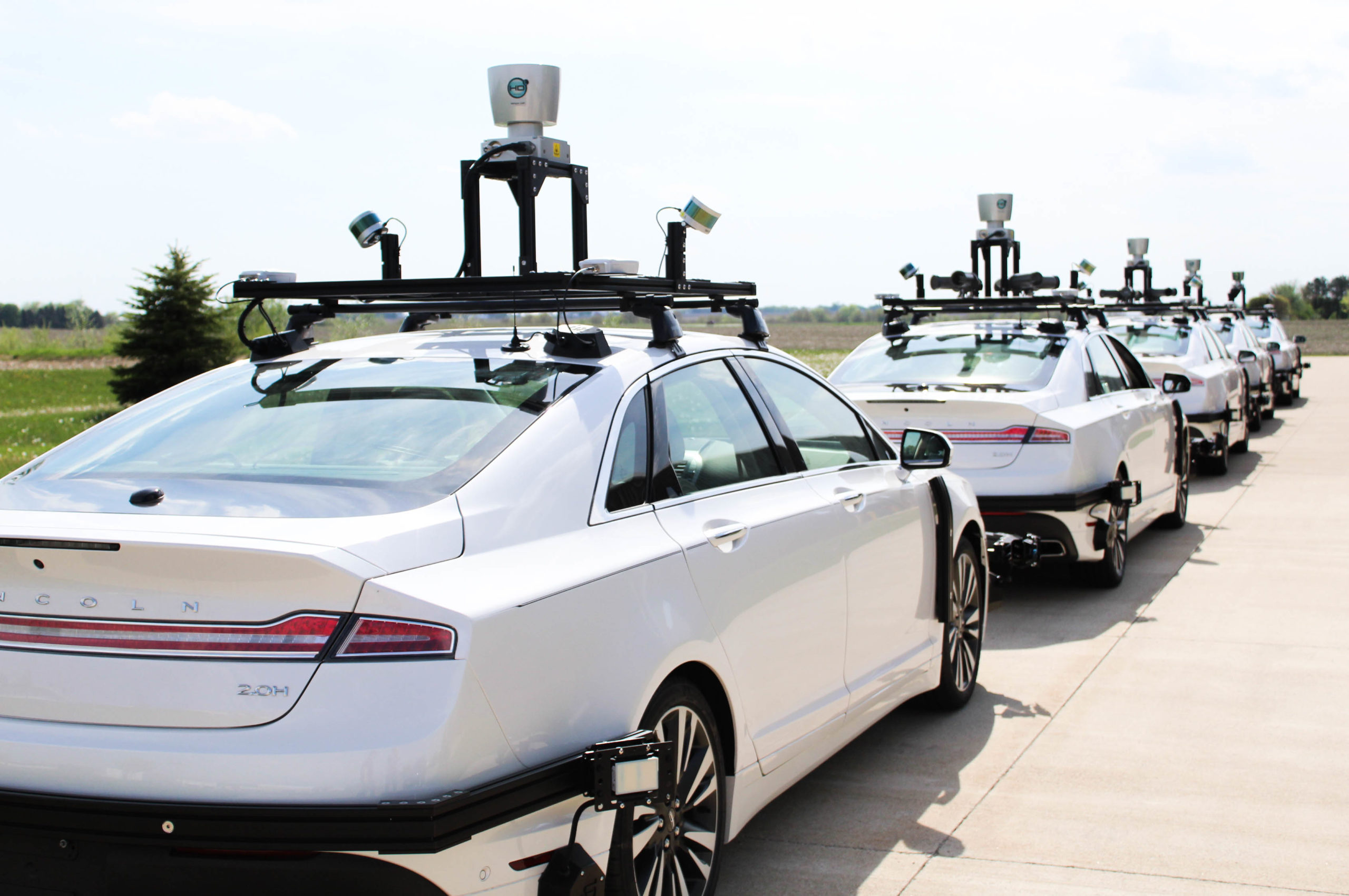Blog written by: Divyanshu Kamboj
A technology as complex and interconnected as V2X requires pilot programs to develop, test, and refine it. Yet, a pilot doesn’t often answer questions of scale, like how the technology should interoperate along long corridor routes with dozens of intersections, or how V2X intersections should scale to optimally complement existing municipal infrastructure. These are real-life situations that can be hard to explore in the limited test conditions that most pilots tackle.
But you can’t deploy full-blown solutions into the wild without testing them somehow. What’s the answer to this V2X scaling dilemma? The solution is… drumroll… more pilots – and pilots with more stakeholders! V2X will get into more real-world applications only through proving it out in increasingly larger steps. These either bigger or more comprehensive studies can address the unknowns and propose extensions or refinements to existing V2X solutions to handle new use cases. These pilots also need to scale by including commercial technology providers, municipal interests, and governmental regulators. With more players, pilots become more complicated and take longer to execute.

To deploy such V2X solutions at scale and justify the investment, the benefit of a ‘network-effect’ must be pursued to motivate V2X adoption across a variety of stakeholders. Therefore, V2X deployment initiatives must engage those stakeholders and aim to resolve their collective pain points in road safety improvements and transportation bottlenecks. Such stakeholder engagement framework can help gain invaluable insights and begin the coordination and partnerships necessary to maximize the V2X potential.
Municipal partnerships
As an example of the latter, we’re working closely with our City of Ottawa and industry partners to gain insights on real-world deployments through our public street V2X projects. We’re trying to answer questions some important questions:
- How can municipal traffic control best use V2X data to improve traffic flow through traffic signal timing and phase adjustments?
- How do traffic authorities optimally perform regional rerouting around accidents, and how is this communicated to traffic data providers?
- How does the V2X-generated knowledge of dynamic weather conditions best inform the municipal network as well as vehicles on the road?
By bringing both industry and government partners together in real-world scenarios, we’re helping ensure that V2X technology deployments engage the multiple stakeholder groups and addresses their targeted needs to solve realistic transportation challenges.

Multimodal transportation
Another area where V2X needs to scale is multi-modal transportation. Having V2X sensors communicate not only with cars, but with other road occupants – cyclists, pedestrians, even trains – makes everyone safer. As an example, Ottawa has 67 level railroad crossings and a terrible crash in the city’s recent memory. We’re working with our partners to understand the role that V2X can play in making railroad crossings as safe as possible. How should autonomous cars safely negotiate level crossings – with or without properly functioning barriers?
Similarly, vehicle/bicycle collisions are on the rise, and often fatal for the cyclists. With Ottawa and other urban areas across North America gaining a steadily increasing number of cyclists, how can we use V2X technology to protect cyclists and pedestrians? Answering these questions as early as possible will allow V2X deployments to help protect not just vehicle occupants, but more vulnerable road users too. In the same multi-modal transportation context, targeted V2X deployments can help autonomous vehicles and snowplows safely traverse railway grade crossings. Scenarios such as vehicles queuing and stopping on the railway tracks, pre-emptive rail crossing avoidance and alternative route selection, and second-train events shortly after the original train has passed – these are all safety-critical use cases that can be solved by V2X technology.
Where we’re going
Understanding how V2X technology scales to the real world requires a concerted effort between all parties involved: tier one and tier two suppliers that make in-vehicle modules, automakers that build modules into their vehicles, communications companies that build the transmitters and infrastructure sensors, cities that own and grow the infrastructure, and government bodies that issue policies and regulations. It’s the inclusion of all these viewpoints and constraints, through a continuing series of baby steps, that will bring V2X to maturity.
Area X.O is a Regional Technology Development Sites (RTDS) and a member through the Ontario Vehicle Innovation Network (OVIN), and is supported by Transport Canada to carry out the pilot project Safe Smart Intersections that Protect Vulnerable Road Users through the Enhanced Road Safety Transfer Payment Program.